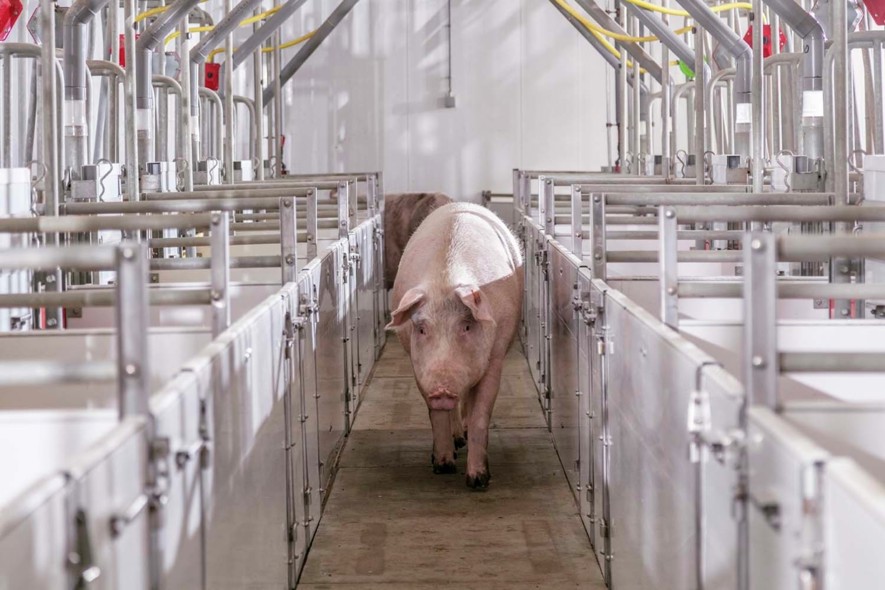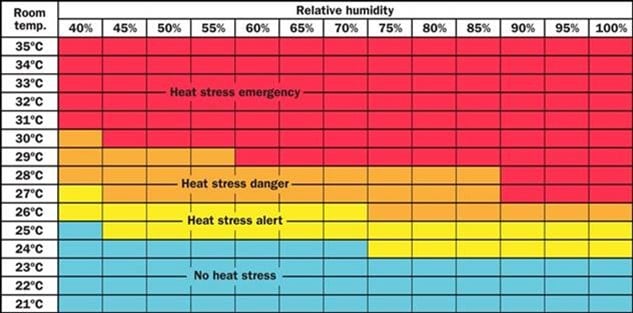When wallowing in mud is not enough, here are four ways to support your sows during a heat wave
- Swine
- Species
For many of us the hot days of summer are a welcomed change from our long Canadian winters, but for our pig barns the warm and humid weather conditions can create the opportunity for performance and profitability losses.

Pigs are more sensitive to heat stress than other animals because they do not sweat. To lower their body temperature and create a protective coating on their skin, pigs will often wallow in mud if it is available, but it is often not enough to combat heat stress. While starting to experience heat stress, pigs will dissipate heat to the environment and decrease metabolic heat production. Therefore, their feed intake will decrease, and performance will be lost.
Pigs have a thermoneutral zone of 18°C to 23°C. At temperatures above 23°C, pigs begin to experience heat stress and the feed intake of the sow will start to be affected. Between 20°C and 30°C, the feed intake will be reduced up to 23%. Ambient temperature is not the only factor that causes heat stress, this is also determined by humidity as well. High humidity combined with high temperatures is the environment you should avoid for your sows; this takes additional management of barn environments to prevent or eliminate the heat stress conditions.

So, what can you do to protect your sows during potential heat stress periods?
- Consider your barn environment. Ventilation, cooling systems, air quality, heat pads and lamps for piglets all contribute to the environment of your barn and should be monitored and adjusted appropriately.
- The quality and quantity of water available to your sows is extremely important and should always be available and of good quality. The best time to conduct water quality assessments is before the weather starts to turn warmer. Verifying the flow of the water to multiple points along the water line is also recommended. Access to fresh water is always important for sows but during potential heat stress periods it is critical.
- Feeding patterns. If you notice a change in feeding patterns of your sows, follow their lead and match their pattern to your feed allocation program. For example, the lactation feed should be available during cooler periods of the day (early morning and late day).
- Create a nutrition strategy. Your nutritionist can work with you to establish the best strategy for summer management in your barn. Many options are available such as: adjusting feeding program and schedule, use of specific additives, or changes in diet formulations. Oxidative stress impacts high producing animals, especially under challenging conditions like heat stress. Antioxidant feed additives can be used to reduce damaging effects of oxidative stress.
In summary, heat stress in sows can impact performance at multiple levels and has big impacts on your sows. Both farm management and nutritional solutions can be integrated to help support your herd.

Looking for more infomation?
Download top strategies to help prevent and manage through heat stress, including ventilation, water management and nutrition advice.